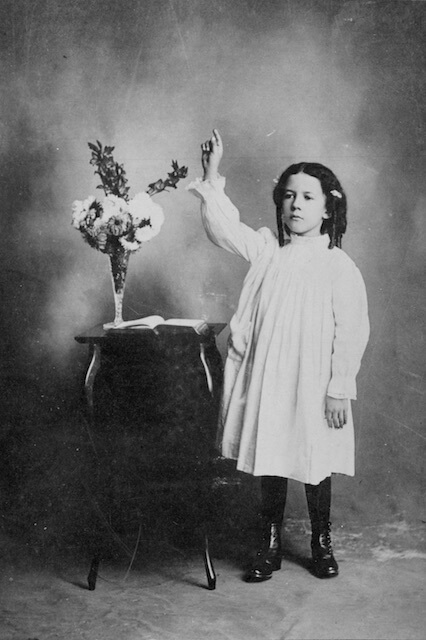Biracial American Colorism: Passing for WhitePosted in Articles, Census/Demographics, Identity Development/Psychology, Media Archive, Passing, Social Justice, United States on 2019-07-24 22:56Z by Steven |
Biracial American Colorism: Passing for White
American Behavioral Scientist
Volume: 62 issue: 14 (The Implications of Colorism vis-à-vis Demographic Variation in a New Millennium)
DOI: 10.1177/0002764218810747
pages 2072-2086
Keshia L. Harris
University of Chicago, Chicago, Illinois
Biracial Americans constitute a larger portion of the U.S. population than is often acknowledged. According to the U.S. Census, 8.4 million people or 2.6% of the population identified with two or more racial origins in 2016. Arguably, these numbers are misleading considering extensive occurrences of interracial pairings between Whites and minority racial groups throughout U.S. history. Many theorists posit that the hypodescent principle of colorism, colloquially known as “the one drop rule,” has influenced American racial socialization in such a way that numerous individuals primarily identify with one racial group despite having parents from two different racial backgrounds. While much of social science literature examines the racial identification processes of biracial Americans who identify with their minority heritage, this article focuses on contextual factors such as family income, neighborhood, religion, and gender that influence the decision for otherwise African/Asian/Latino/Native Americans to identify as White.
Read or purchase the article here.
